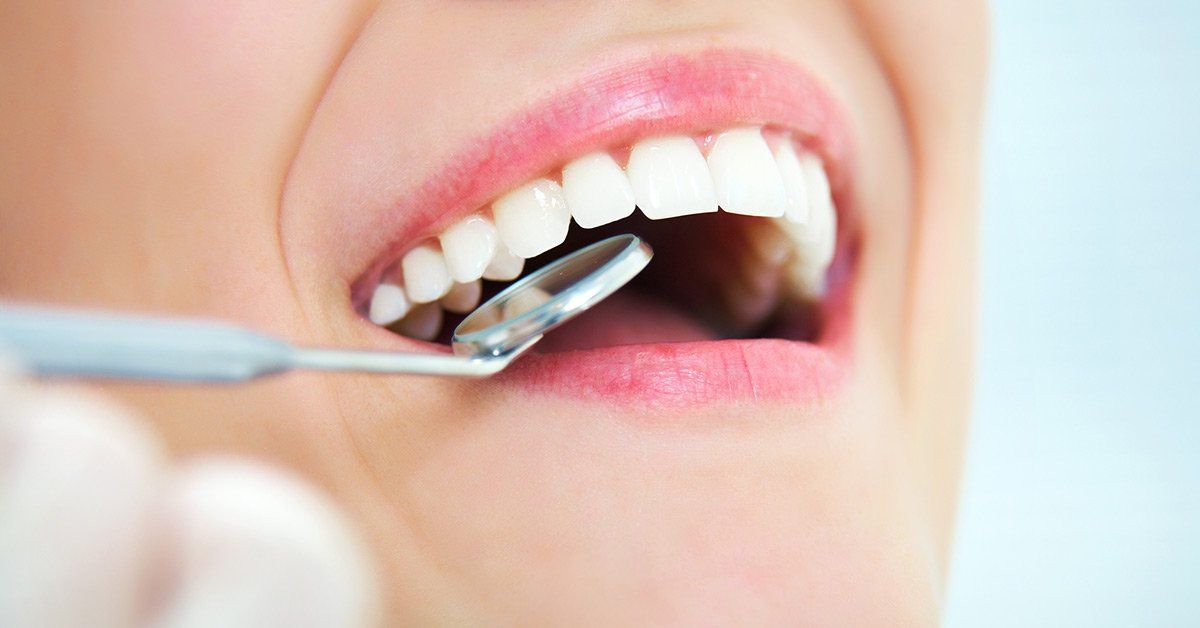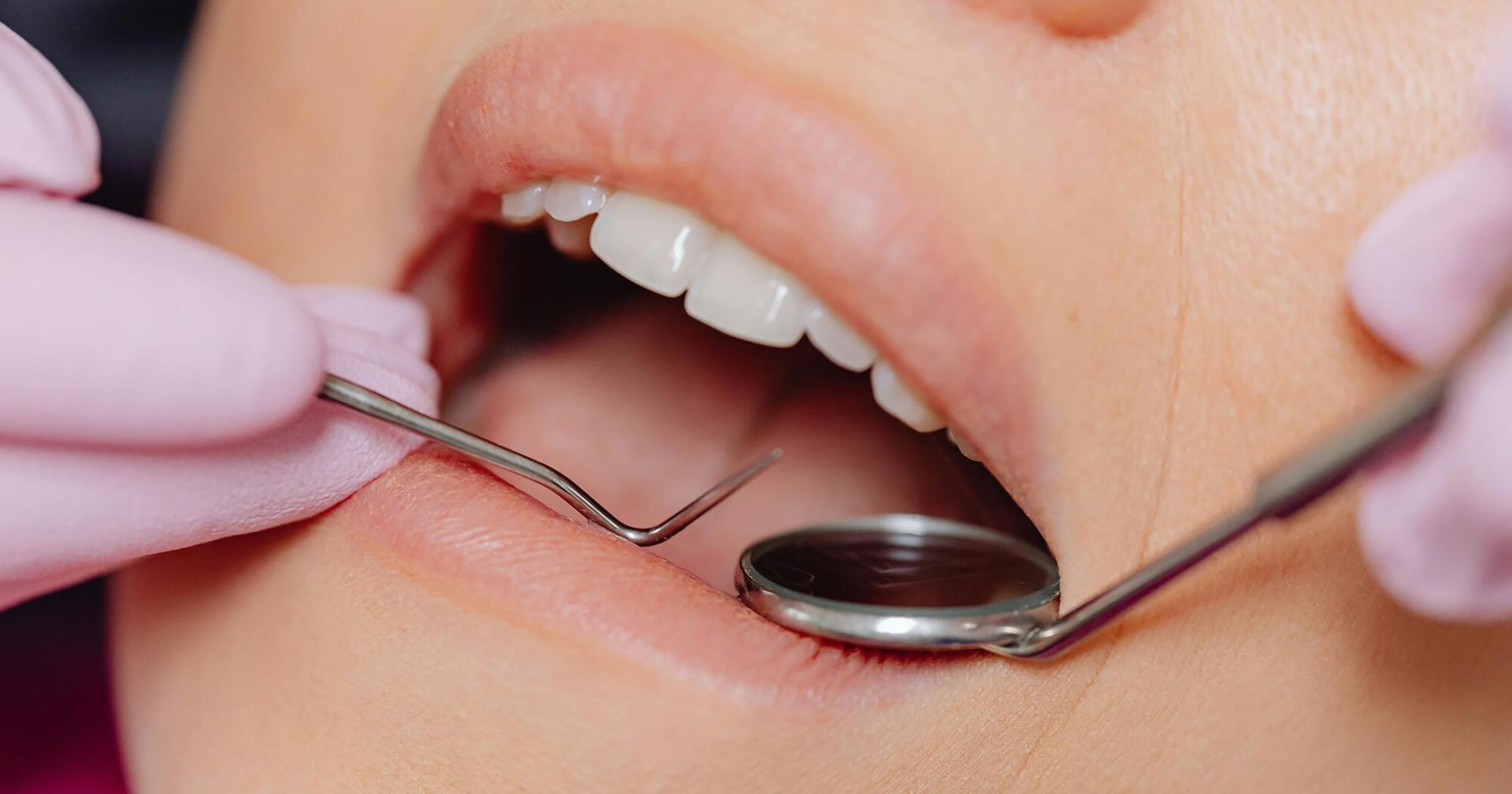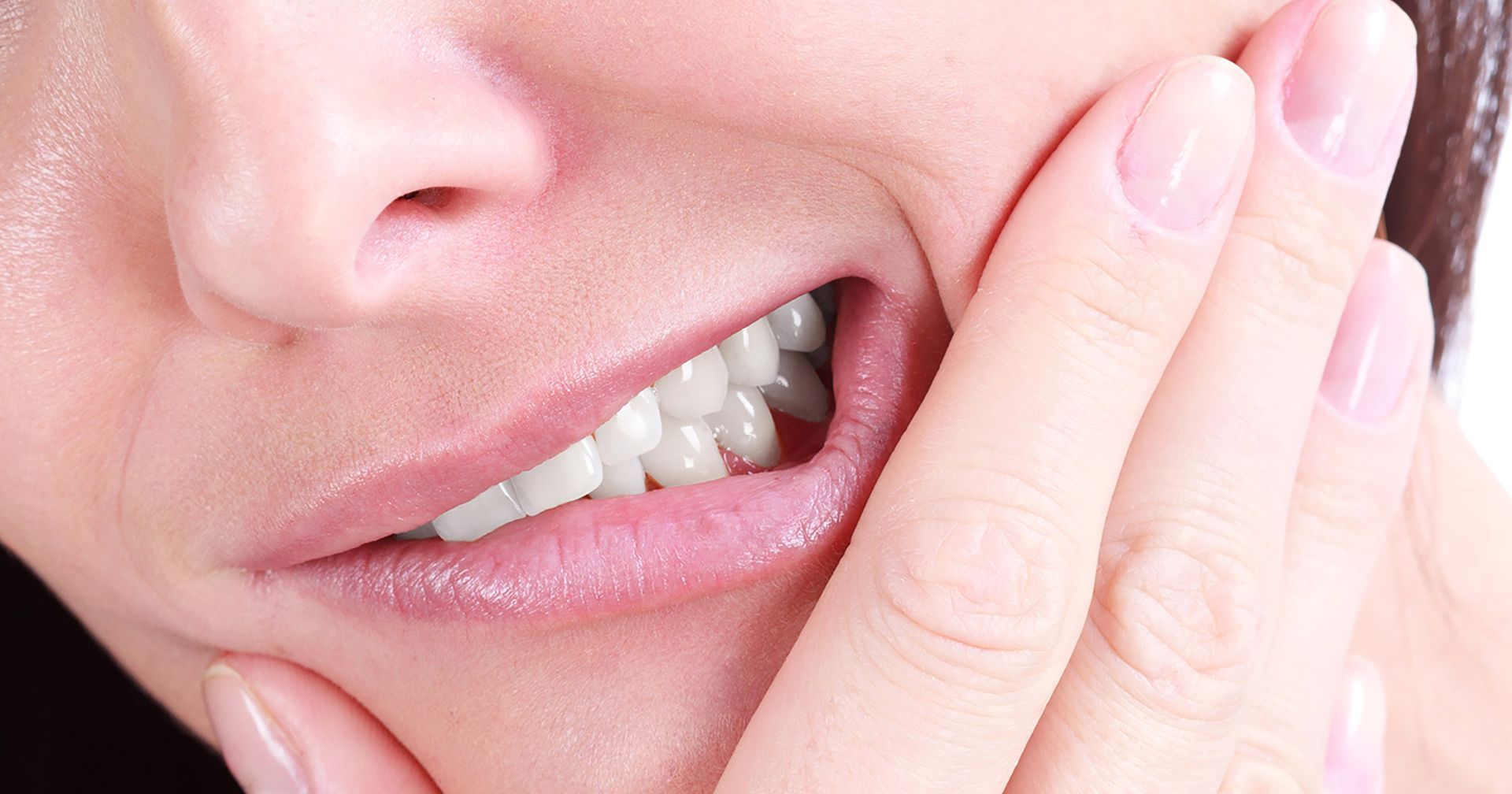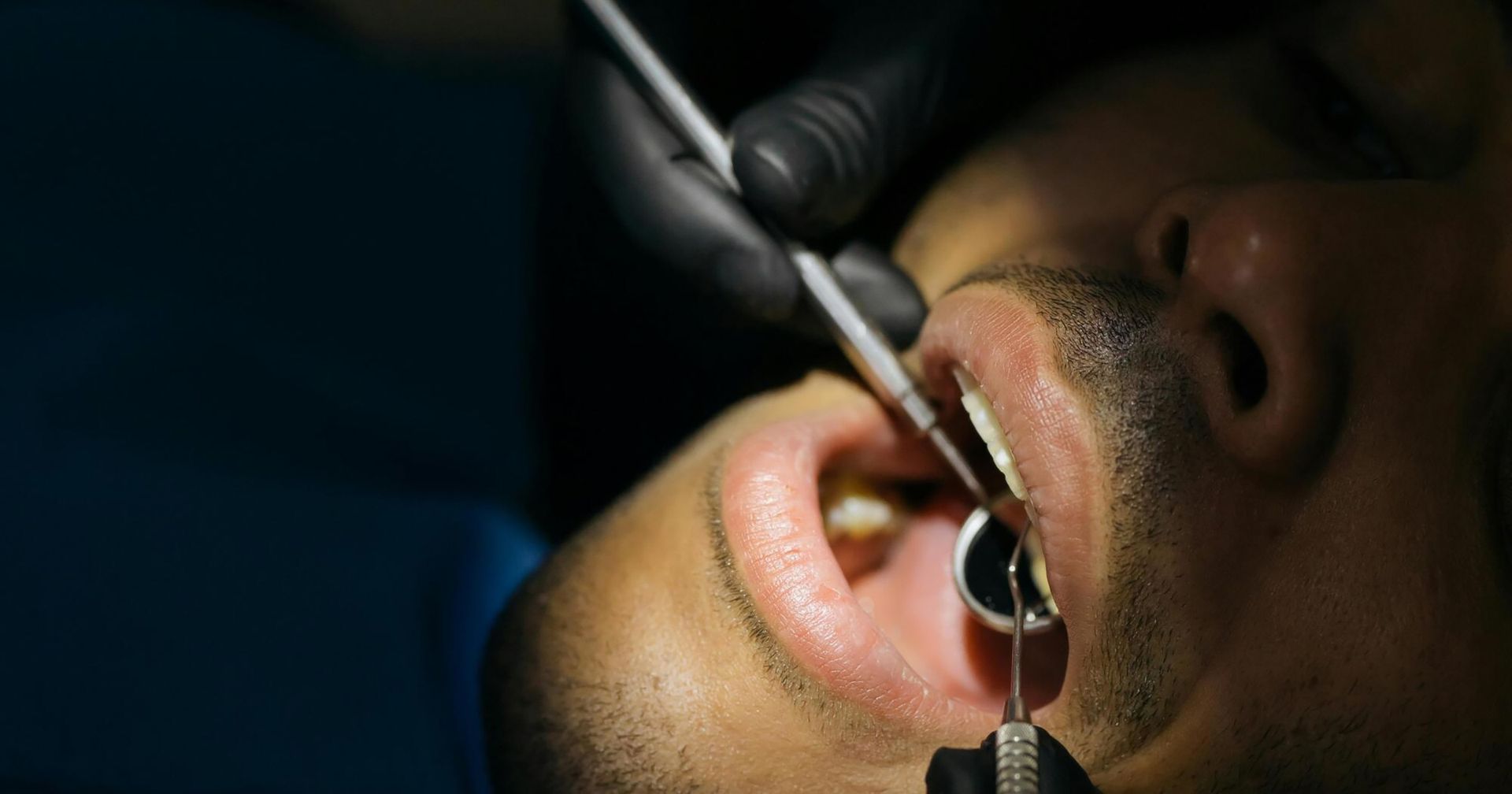It is not enough just to floss regularly, it must also be done with the proper technique. This step-by-step guide on how to floss breaks down the details.
Recent research revealed that a whopping 30% of millennial adults only brush their teeth once a day.
What's more? Over half of those participants worried about losing teeth in the future.
There's no doubt that taking care of your oral health is essential for both your current and future well-being. When left untreated, tooth decay can lead to serious medical complications, extreme pain, and expensive dental bills. That's a triple headache.
The good news is it’s never too late to start taking care of your dental health. Whether you improve your oral hygiene routine, switch to sugar free foods and drinks, or commit yourself to attending your dental checkups every six months, little changes now can help save your teeth in the long run.
Let's get into what causes tooth decay, its signs and symptoms, how you can prevent it, and what the current treatment options are.
What Causes Tooth Decay?
First, it’s important to understand the basic structure of the tooth. The first layer of a tooth is the enamel, which is the hard, white material that protects your teeth. Underneath the tooth enamel is the tooth dentin. This is a yellowish, hard tissue that supports the structure of the enamel and absorbs some of the pressure of biting when you eat. And beneath the dentin, you have the tooth’s pulp, made up of nerves and blood vessels, which is necessary to keep your tooth alive.
Tooth decay (also known as dental caries) occurs when enamel softens and when structural damage occurs to the tooth. This can happen if you have poor oral hygiene or if you eat a lot of sugary foods.
The tooth decay process is simple: Bacteria can build up in your mouth and act like an acid on the tooth enamel, slowly wearing it down. Once the enamel is worn away, the bacteria attack the dentin and eventually the pulp. If left untreated, tooth decay can kill your tooth.
Understanding Tooth Decay Stages and Symptoms
Dental cavities are the most common side effect of tooth decay (or dental caries). When there are too many bacteria on your teeth, it can wear away the enamel and create cavities. Unfortunately, cavities are a more advanced stage of tooth decay because the bacteria has already eaten through your enamel — and once that protective enamel is gone, it cannot be restored.
There are other signs of tooth decay that you can look out for to catch it in the earlier stages where it can still be reversed. These symptoms of tooth decay may include:
- A toothache (can be continuous pain or occasional sharp pain).
- Heightened tooth sensitivity to hot or cold.
- Chronic bad breath (even after brushing the teeth).
- Bad taste in your mouth.
- Gray, brown, white or black spots staining the teeth.
- Tooth discoloration.
- Bleeding gums.
At its mildest form, dentists can detect tooth decay in advance and recommend over-the-counter treatment options. However, when left untreated, plaque acids can erode the dentin layer of the tooth. Dentin is soft, which means decay can spread through it rapidly.
Once decay hits the dentin layer, you'll need professional tooth decay treatment.
Preventing Tooth Decay
Like most medical issues, it's easier to treat tooth decay in the earlier stages — before it progresses to a more severe problem. That's why it's so essential to be aware of tooth decay symptoms and have routine dental checkups. This applies even if you practice good oral health habits.
You should schedule appointments every six months. Your dentist can determine tooth decay through both X-rays and exams.
It's always a good rule of thumb to eliminate or reduce sugary foods and drinks, as well as those high in starch. Sugary foods especially tend to get stuck in the crevices of your teeth where they can do the most damage over time. Where you can, you should switch to sugar free foods and drinks. But if you are going to eat these foods, make sure that you brush your teeth afterward.
Take care of your teeth regularly. That means brushing with fluoride toothpaste at least twice a day and flossing between the teeth once a day. Your dentist can also provide fluoride treatments as a preventative measure against dental caries.
Mouthwash naturally acts as a tooth decay treatment, as it destroys the harmful bacteria associated with plaque and gingivitis.
And if you needed another reason to avoid or quit smoking, consider your teeth. Tobacco can impact natural saliva production. Saliva helps clean your teeth naturally, and so this interference can cause problems.
Tooth Decay Treatment
While preventative care is key, even people who follow excellent oral health routines may still require tooth decay treatment. The treatment needed for your situation will vary depending on the stage of your tooth decay.
Fluoride Treatments
Mild tooth decay can be handled with fluoride treatments, such as a topical gel or paste that contains fluoride. Fluoride boosts the enamel, and this boosting can increase the resistance against plaque acid associated with tooth decay. This is also why dentists recommend using fluoride toothpaste.
Fillings
Fillings are the most simple (and conventional) tooth decay treatment. This process entails the dentist drilling out the rotten part of the tooth and replacing it with a sturdier filling. The filling prevents the cavity from expanding. Thanks to modern dentistry, you have more choices than the standard silver fillings of the past. You can get tooth-colored fillings made of a composite resin that is much less noticeable compared to silver fillings while still protecting your tooth from further decay.
Crowns
Dental crowns are ceramic or porcelain prosthetic teeth that fit over the existing tooth. Crowns are used when the teeth are severely decayed. The crown helps protect it from continuous damage by covering the remaining natural tooth like a hard hat.
Implants
Sometimes the decay is too severe and there is no way to save your tooth. In this case, the dentist will likely recommend an extraction and implant.
In this procedure, the dentist places a metal post into your jawbone via surgery. Through this process, the jawbone cells fuse with the dental implant. This promotes bone health and maintains sturdiness within the teeth. Once the implant has healed, the dentist will attach a crown to the post where it sticks out of your gums.
The crown will look, feel and function just like your natural teeth; and because the implant replaces the root of your tooth, it can effectively stimulate your gums and jawbone when you speak and chew. This is an important function of the tooth root that keeps your jawbone strong and healthy.
Root Canals
If the decay has reached the pulp, a root canal may be in order. The pulp refers to the inner material part of the tooth where the nerves are located. That means the decay is severe, and you're probably in immense pain.
Root canals are necessary for the event of serious oral trauma. In a root canal procedure, the dentist numbs the tooth and removes the infected nerves and pulp. The now-empty root canals are then filled with a sterile material that keeps your tooth sturdy and prevents reinfection. Finally, the dentist will seal the tooth. Depending on how much damage there is, you may need a dental crown to restore the tooth after a root canal.
Abscessed Tooth
An abscessed tooth occurs when the pulp dies and then becomes infected and inflamed. Tooth decay or gum infections can cause abscessed teeth.
Enamel protects your teeth from bacteria. However, if the decay destroys the enamel, your tooth can become exposed. This exposure allows the bacteria to seep into the pulp.
Pus arises as your white blood cells aim to kill the bacteria. Because there isn't room for the pus, it drips out of the tooth root. This dripping effect creates a pocket of pus, which can be immensely painful.
Dentists can typically treat abscesses with root canals or surgery. In severe cases, however, the dentist may need to extract the tooth and drain the abscess. This is typically used as a last resort.
Although extraction may seem anxiety-provoking, your dentist will keep you comfortable throughout the process.
Final Thoughts
Now that you fully understand the causes, symptoms and treatment for tooth decay, you have the chance to take control of your dental health. It starts with small improvements like reducing your sugar intake and flossing every day; and over time, those small improvements will add up to better protection for your teeth.
If you already have signs of tooth decay, it’s not too late to take action and save your teeth! Implementing the preventative measures above and seeing a dentist right away will give your teeth a better chance at recovery.
Are you in the greater Stockton area looking for a dentist who can help keep your teeth in tip-top shape? We've got you covered! Contact us today and set up an appointment with the trusted team at Galvez Dental!











